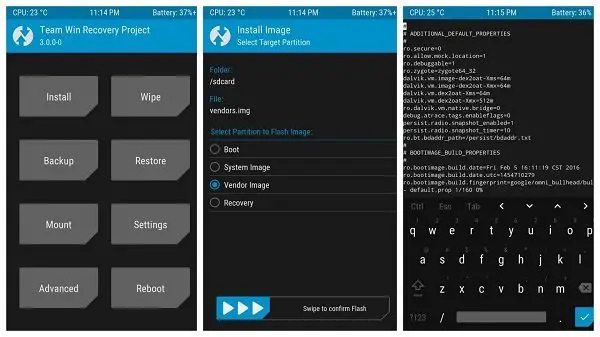One of the best highlights of the Android Operating System is its Open Source nature. Anyone can unlock, modify and distribute it with certain Open Source licenses. Among the capabilities, most smartphone users go for rooting the Android smartphone because it opens the door to unlimited possibilities. You can unlock the features that come pre-locked by the OEMs, unlike other operating systems. In this guide, we are sharing what Rooting of Android Phone means? Benefits and Risks. We have also included a guide to root a smartphone from scratch.
What Rooting of Android Phone means?
Rooting is about unlocking specific locks and giving permission for your smartphone in the operating system. It is similar to running sudo -s in Linux environments and Run as Administrator in Windows. Concerning the Linux based Operating Systems, the term “Root” refers to the topmost folder which contains system files and other protected data. It is basically a protected area which needs special permission for users to enter. As the Android Operating System is based on Linux Kernel, the term “root” also came along. Apps with Root permission can do a lot of impressive things which are usually not possible.

Entering as a root user in Linux is much easier so that you only need a line of command. But things are not that easy in Android. You need to go through several steps to use the smartphone as a root user. Rooting will unlock the topmost root folder and opens it for further edits.
Rooting: Benefits and risks
Like everything you do, rooting has its benefits and risks you should take for granted.
Benefits
- Custom Recovery Installation.
- Custom ROM Installation.
- Removing Bloatware from smartphones.
- Install incompatible third-party apps.
- Enables digging deeper to the Internal Storage to access root files.
- Improve performance.
- Overclocking and memory overloading.
- Run any apps on your wish.
Risks
- Unexpected bricking.
- Virus threats.
- Warranty Void for most smartphones.
- Gives unnecessary permission to scam or threatening apps.
- No more official OTA (Over-The-Air) Apps.
- Security issues.
- Banking apps incompatibility.
- Usability issues, overheating.
How to root?
There are many ways that you can root your Android smartphone, depends on your knowledge base. If you are completely aware of the risks and benefits of rooting using the ADB (Android Debugging Bridge), then it is better to get with it. Aside, there are alternative methods you can do it. Here are some.
Root using SuperSU
SuperSU is one of the popular tools for rooting android devices. You need to flash it manually using the custom recovery. Her is how to do that.
- Go to Settings > About Device > tap on “Build number” 7 times.
- Settings > Developer Settings > Turn on USB Debugging.
- Backup every data of your smartphone to external storage.
- Install ADB/Fastboot Kit or Android SDK on your PC.
- Download the TWRP compatible with your smartphone and copy it to the folder. Rename it to “recovery.img.”
- Navigate to the ADB/Fastbot folder and open command prompt there. (Shift+RIght CLick > Open COmmand window here).
- Enter the following commands in the command window to install TWRP Custom Recovery:
adb reboot bootloader fastboot oem unlock fastboot flash recovery recovery.img fastboot oem lock fastboot reboot - Download the SuperSU from the official website, copy it to the smartphone root directory.
- Now enter into the recovery window. Switch Off the device, press and hold Volume up + Power buttons.
- From the TWRP window, choose to Install > Install from SD Card > Choose the SuperSU file.
- Swipe to begin the flashing.

You can also UNROOT anytime later.
Third-party apps
Many third-party apps like Kingroot provides free and easy methods to rot your smartphones with a click. But it not recommended going with these types of apps as they may infect your device with malfunctioning codes and programs. Here are some of the popular third-party rooting tools:
- Kingroot.
- Magisk Root
- Framaroot
- Towelroot
- CF-Auto-Root
That said, we don’t encourage everyone to Root their phone unless they know all the risks involved. The best way to experience it first is using a spare phone for this. Once you are clear, you can always do it on your primary phone. Stay Safe!







